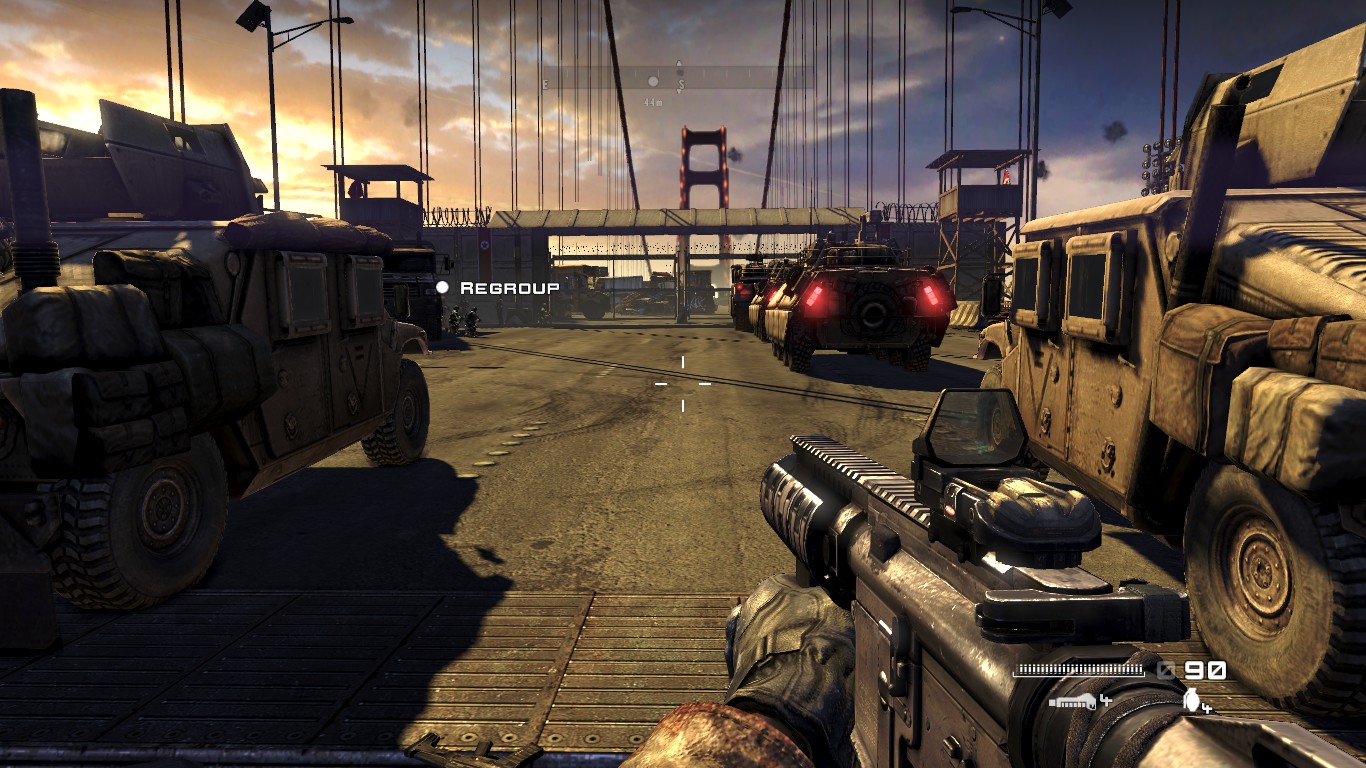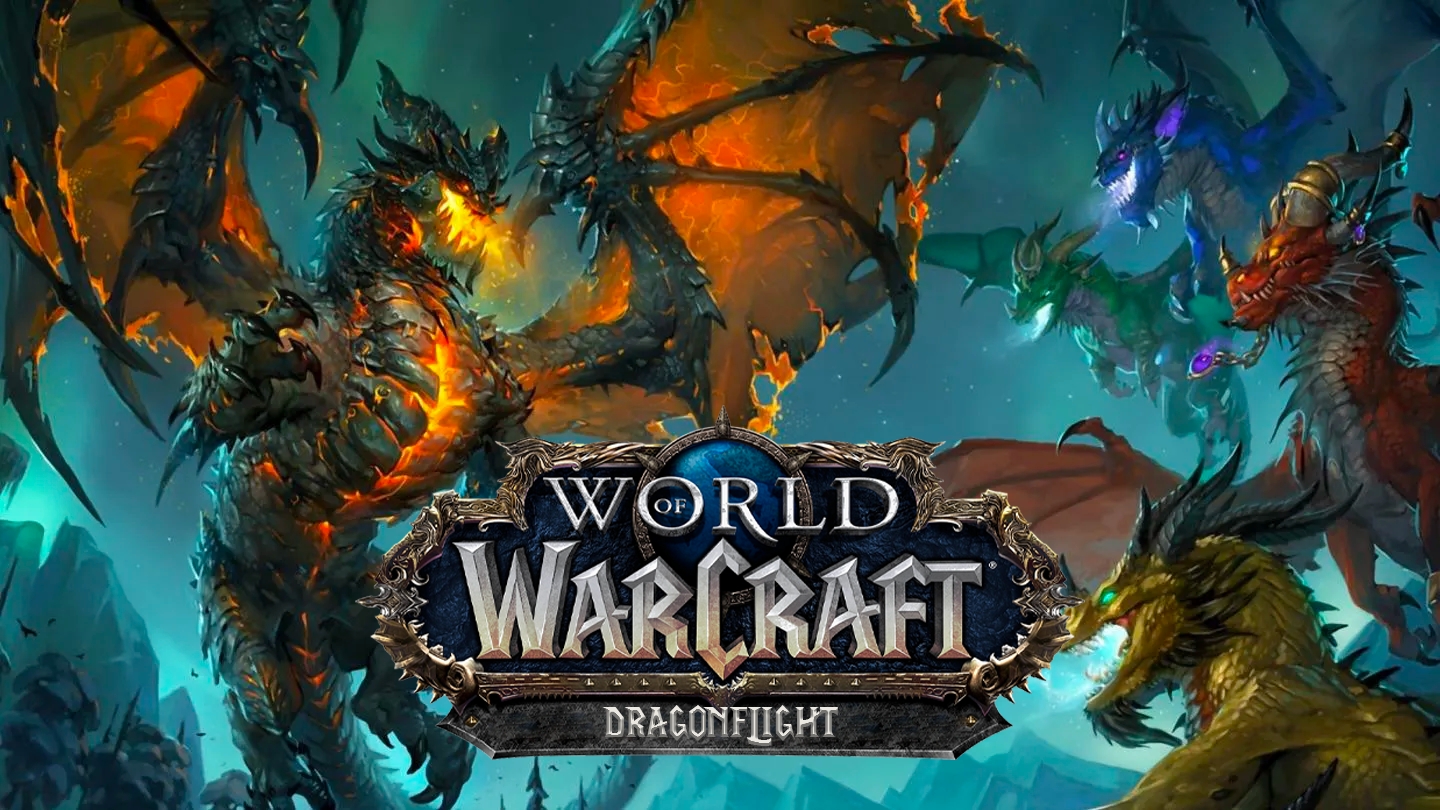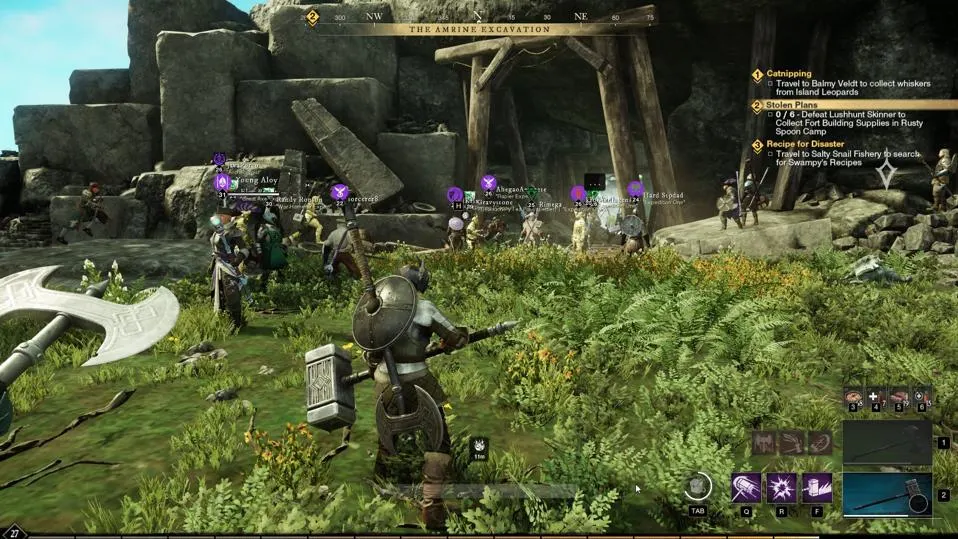Introduction
“Homefront” is a first-person shooter developed by Kaos Studios and published by THQ. Released in March 2011, the game is set in a dystopian future where North Korea has become a global superpower and invaded the United States. With its compelling premise and focus on patriotic themes, “Homefront” sought to carve out a niche in the crowded FPS market. This review will delve into the game’s core features, gameplay mechanics, graphics, sound design, and overall reception. We’ll also address frequently asked questions to provide a comprehensive overview of “Homefront.”
Gameplay Mechanics
Engaging Storyline and Setting
“Homefront” takes place in the year 2027, where the United States has fallen under North Korean occupation. The game’s narrative follows a group of resistance fighters battling to reclaim their freedom. The storyline is inspired by real-world geopolitical tensions, creating a tense and immersive experience. The game’s setting is a stark contrast to the typical war-torn environments found in many shooters, offering a fresh take on the genre.
First-Person Shooter Mechanics
“Homefront” features standard FPS mechanics with a focus on accessible gameplay and intense action. Players navigate through a variety of urban and rural environments, engaging in both large-scale battles and smaller skirmishes. The game emphasizes a balance between shooting, cover mechanics, and objective-based gameplay, making it accessible to both casual and hardcore players.
Tactical Combat and Cover System
The game’s combat system is designed to be straightforward yet effective. Players can use cover to protect themselves from enemy fire, a mechanic that is essential for surviving the game’s intense firefights. The cover system is intuitive, allowing players to quickly and smoothly transition between cover points. Tactical elements are integrated into the gameplay, such as the use of drones and various weapons to overcome obstacles and enemies.
Graphics and Visual Presentation
Realistic and Immersive Environments
“Homefront” features detailed graphics that enhance the immersive quality of its dystopian setting. The game’s environments are designed to reflect the devastation of an occupied America, with ruined buildings, destroyed infrastructure, and a bleak atmosphere. The visual presentation effectively conveys the sense of desperation and resistance that defines the game’s narrative.
Character and Vehicle Models
The character models in “Homefront” are well-designed, with realistic animations and detailed textures. The game includes a variety of vehicles, such as tanks and helicopters, which are integral to several missions. The vehicle models are rendered with care, adding to the overall authenticity of the game’s combat scenarios.
Graphics Performance and Optimization
While “Homefront” was praised for its visual fidelity at launch, some players experienced performance issues on certain hardware configurations. The game’s optimization was generally good, but players with lower-end systems may have encountered frame rate drops or graphical glitches. Despite these issues, the overall graphical quality contributed to the game’s immersive experience.
Sound Design and Music
Impactful Sound Effects
Sound design in “Homefront” plays a crucial role in creating a believable and intense combat experience. The game features realistic sound effects, such as gunfire, explosions, and environmental noises, which contribute to the overall immersion. The audio feedback from weapons and explosions helps players gauge the intensity of battles and enhances the overall sensory experience.
Dynamic Musical Score
The musical score in “Homefront” complements the game’s dramatic and action-packed moments. The soundtrack features a mix of orchestral and electronic elements that underscore the game’s emotional and intense scenes. While the music may not be as memorable as other titles in the genre, it effectively supports the game’s atmosphere and pacing.
Reviews and Reception
Critical Acclaim and Feedback
Upon its release, “Homefront” received mixed reviews from critics. The game was praised for its engaging storyline and unique setting, offering a fresh perspective on the FPS genre. However, it also faced criticism for its short campaign length and some technical issues. Reviewers appreciated the game’s attempt to explore a different narrative but felt that it fell short in certain areas compared to its peers.
Player Reactions and Community Reception
The player community had a similarly mixed response to “Homefront.” While many enjoyed the game’s premise and enjoyed the action-packed gameplay, others were disappointed by its execution. The game’s campaign, although intriguing, was criticized for its brevity and lack of depth. On the other hand, the multiplayer mode received positive feedback for its fast-paced action and various gameplay modes.
Comparison with Other FPS Titles
In comparison to other FPS games released around the same time, “Homefront” struggled to stand out. While it offered a unique setting and storyline, it was often compared unfavorably to titles like “Call of Duty: Black Ops” and “Battlefield: Bad Company 2.” The game’s technical shortcomings and relatively short campaign length were seen as drawbacks in a genre known for its high production values and extensive content.
Multiplayer Experience
Competitive Multiplayer Modes
“Homefront” features a multiplayer mode that includes various gameplay modes such as Team Deathmatch, Capture the Flag, and Ground Control. The multiplayer experience is designed to be fast-paced and engaging, with a focus on team-based objectives and strategic play. The game’s maps are designed to complement its vehicular combat elements, adding an extra layer of strategy to multiplayer matches.
Customization and Progression
The multiplayer mode includes a progression system that allows players to unlock new weapons, equipment, and perks as they advance. Customization options for weapons and vehicles add depth to the multiplayer experience, allowing players to tailor their loadouts to their preferred playstyle. The progression system is designed to reward players for their efforts and encourage continued engagement with the game.
Community and Support
The multiplayer community for “Homefront” was active at launch, with players engaging in competitive matches and participating in community events. However, the player base eventually dwindled, and the multiplayer experience became less vibrant over time. The game’s developers provided updates and patches to address issues and improve gameplay, but the long-term support for the multiplayer mode was limited.
Replayability and Longevity
Campaign Replay Value
The campaign in “Homefront” is relatively short, with an estimated playtime of around 6 to 8 hours. While the storyline is engaging, the game’s brevity means that replay value is somewhat limited. Players may revisit the campaign to experience different strategies or difficulty levels, but the lack of significant content variations may limit replayability.
Multiplayer Longevity
The multiplayer component of “Homefront” offered a decent amount of content at launch, but its longevity was affected by a declining player base. While the game’s multiplayer modes were well-received, the overall support for the game diminished over time. Players seeking a long-term multiplayer experience may have found other titles more satisfying in the long run.
Common Issues and Criticisms
Short Campaign Length
One of the primary criticisms of “Homefront” is its relatively short campaign. Many players felt that the game’s storyline was promising but ultimately lacked depth and substance. The brevity of the campaign left some players feeling unsatisfied, as they had hoped for a more extensive and immersive experience.
Technical Issues and Performance
“Homefront” faced several technical issues at launch, including performance problems and bugs. While the game’s graphics were generally well-received, some players experienced frame rate drops and other technical glitches. These issues affected the overall enjoyment of the game and contributed to the mixed reception.
Limited Content and Features
Some players felt that “Homefront” lacked content and features compared to other FPS titles. The game’s campaign, while engaging, was seen as relatively sparse, and the multiplayer mode, although fun, did not offer the depth and variety found in other games. The limited content contributed to the perception that “Homefront” was a somewhat incomplete experience.
Conclusion
“Homefront” offers a distinctive and thought-provoking experience in the FPS genre, with its engaging storyline and unique setting. While the game has its strengths, such as its immersive narrative and tactical combat, it also faces criticisms related to its short campaign length and technical issues. Despite these drawbacks, “Homefront” remains a noteworthy entry in the genre, appealing to players interested in a fresh take on modern warfare.
For those interested in exploring a dystopian future and engaging in high-stakes combat, “Homefront” provides a compelling experience that stands out from more conventional FPS titles. Whether you’re revisiting the game or experiencing it for the first time, “Homefront” offers a memorable and engaging journey into a world under occupation.
FAQ About Homefront
What platforms is Homefront available on?
“Homefront” was released on multiple platforms, including PlayStation 3, Xbox 360, and PC. The game was also later made available through various digital distribution services.
Can I play Homefront in single-player mode?
Yes, “Homefront” offers a single-player campaign that focuses on the game’s narrative and combat mechanics. Players can experience the story and gameplay without requiring an internet connection.
Is there a sequel to Homefront?
Yes, there is a sequel titled “Homefront: The Revolution,” which was released in May 2016. The sequel continues the storyline of the original game but features new characters and an expanded open-world environment.
Can I customize weapons and equipment in Homefront?
In the multiplayer mode of “Homefront,” players can customize their weapons and equipment. The game features a progression system that allows players to unlock and modify various weapons and gear to suit their playstyle.
Are there any expansions or DLC for Homefront?
“Homefront” had several downloadable content (DLC) packs released after its launch. These DLC packs included additional multiplayer maps, modes, and other content to enhance the game’s replayability.
How does Homefront compare to other FPS games?
“Homefront” offers a unique setting and storyline compared to other FPS games, but it faces challenges in terms of campaign length and technical issues. While it provides a fresh perspective on the genre, it may not stand out as strongly against other titles with more extensive content and polished experiences.



